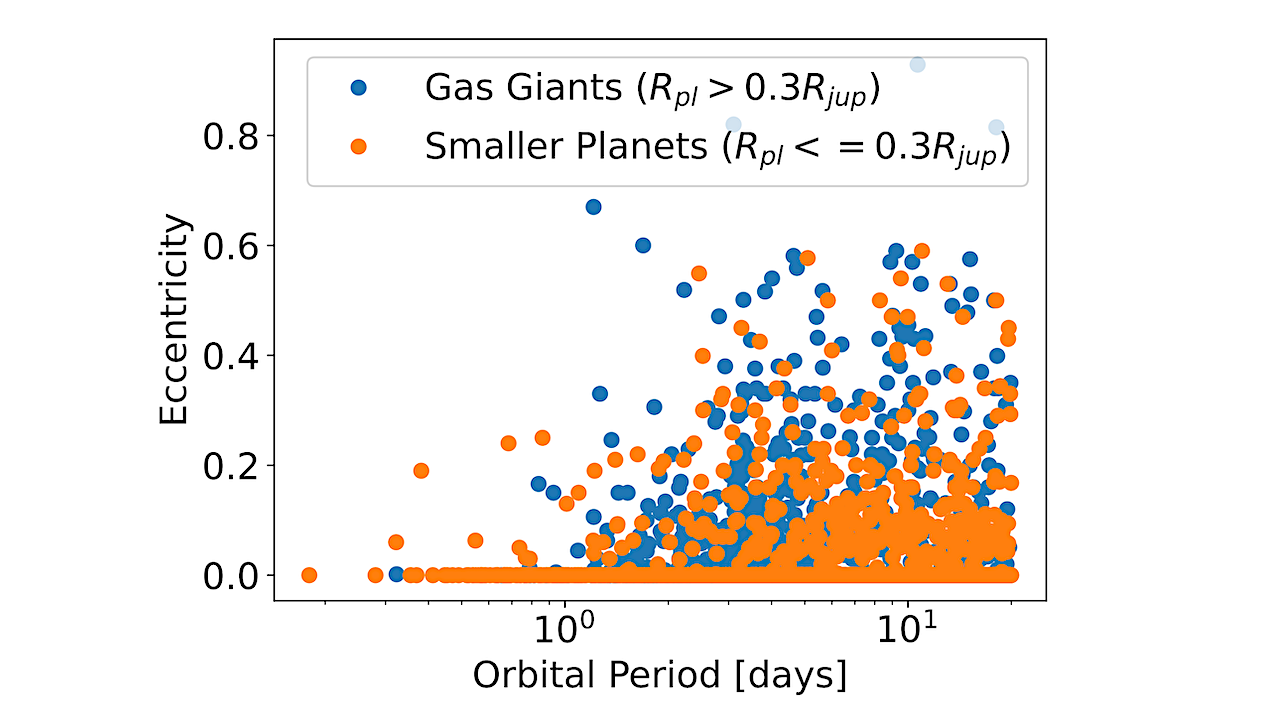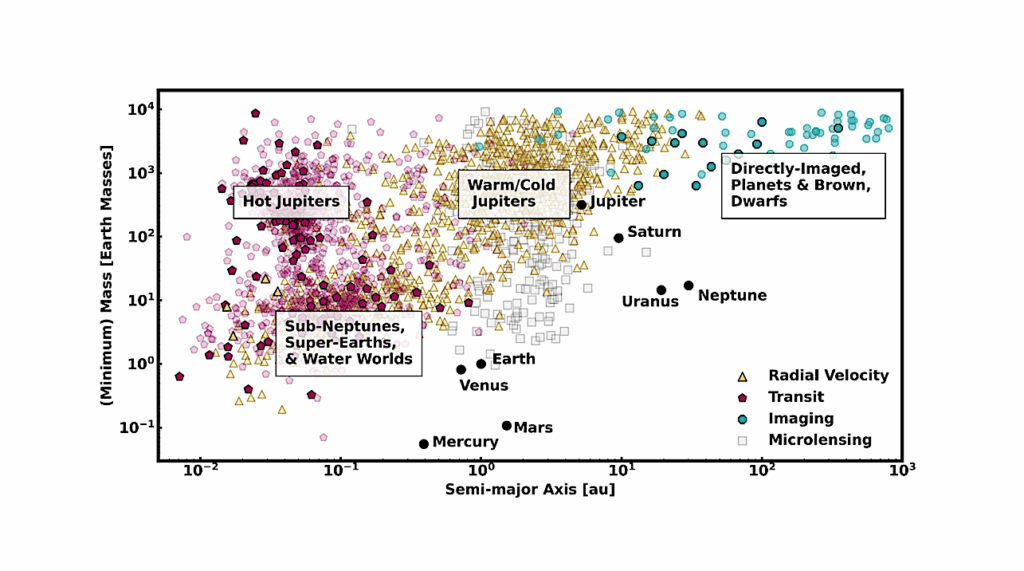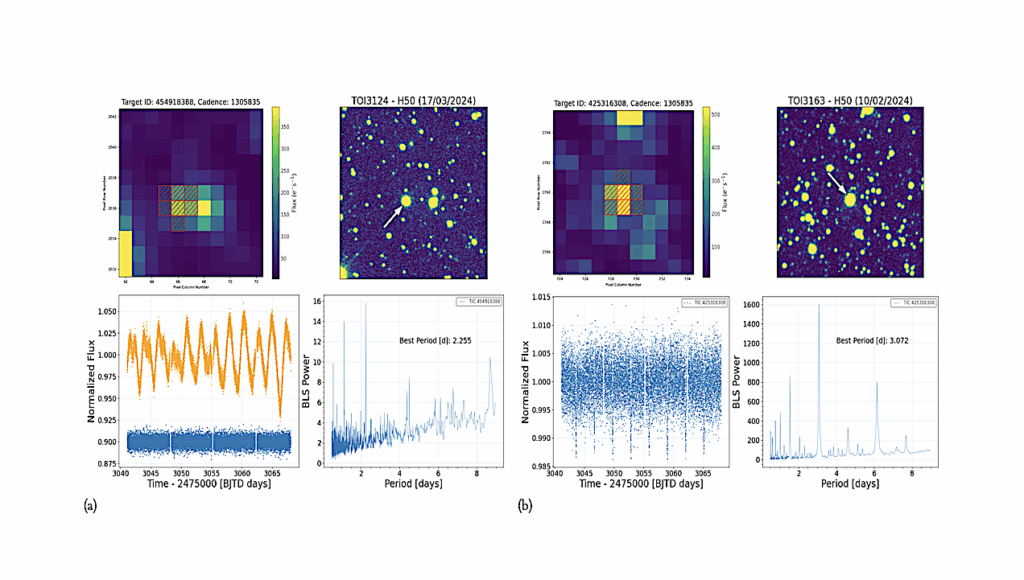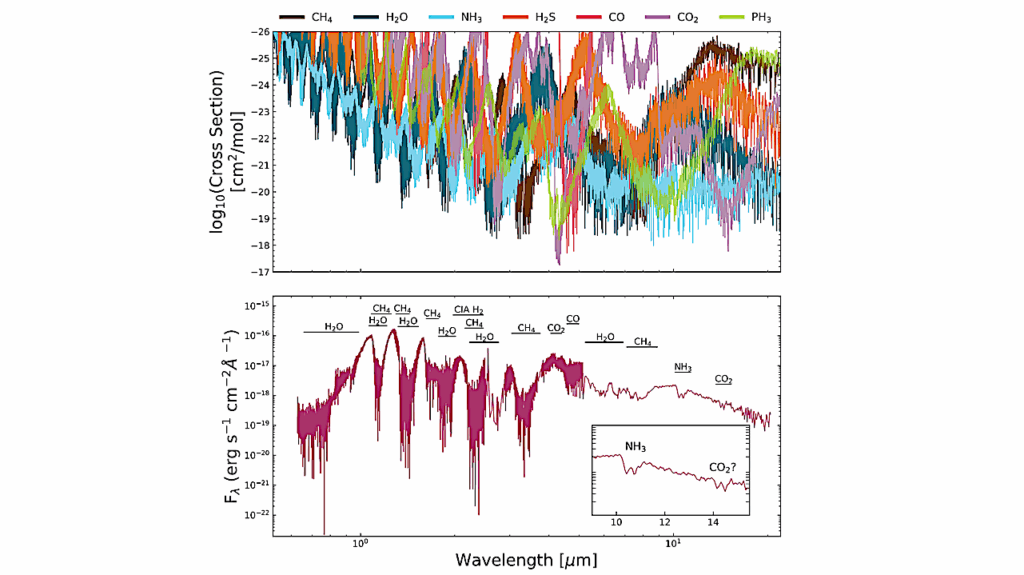Main-sequence Exoplanet Systems: Tidal Evolution

The easiest exoplanets to detect are those that orbit very close to their hoststars. As a result, even though these planets are quite rare, they represent a major fraction of the current exoplanet population. A side-effect of the proximity between the planet and the star is that the two have strong mutual interactions through a number of physical processes.
One of the most important of these processes is tides. Tides are thought to shape the orbits of close-in exoplanets, heat the planet making its radius expand, and even drive some planets to spiral into their host stars. This chapter briefly introduces the basics of tidal physics and describes the various fingerprints tides leave within the observed exoplanet population.
Kaloyan Penev
Comments: Preprint of a chapter for the ‘Encyclopedia of Astrophysics’ (Editor-in-Chief Ilya Mandel, Section Editor Dimitri Veras) to be published by Elsevier as a Reference Module 10 pages, 5 figures
Subjects: Earth and Planetary Astrophysics (astro-ph.EP); Solar and Stellar Astrophysics (astro-ph.SR)
Cite as: arXiv:2403.07716 [astro-ph.EP] (or arXiv:2403.07716v1 [astro-ph.EP] for this version)
Submission history
From: Kaloyan Penev
[v1] Tue, 12 Mar 2024 14:58:28 UTC (130 KB)
https://arxiv.org/abs/2403.07716
Astrobiology








